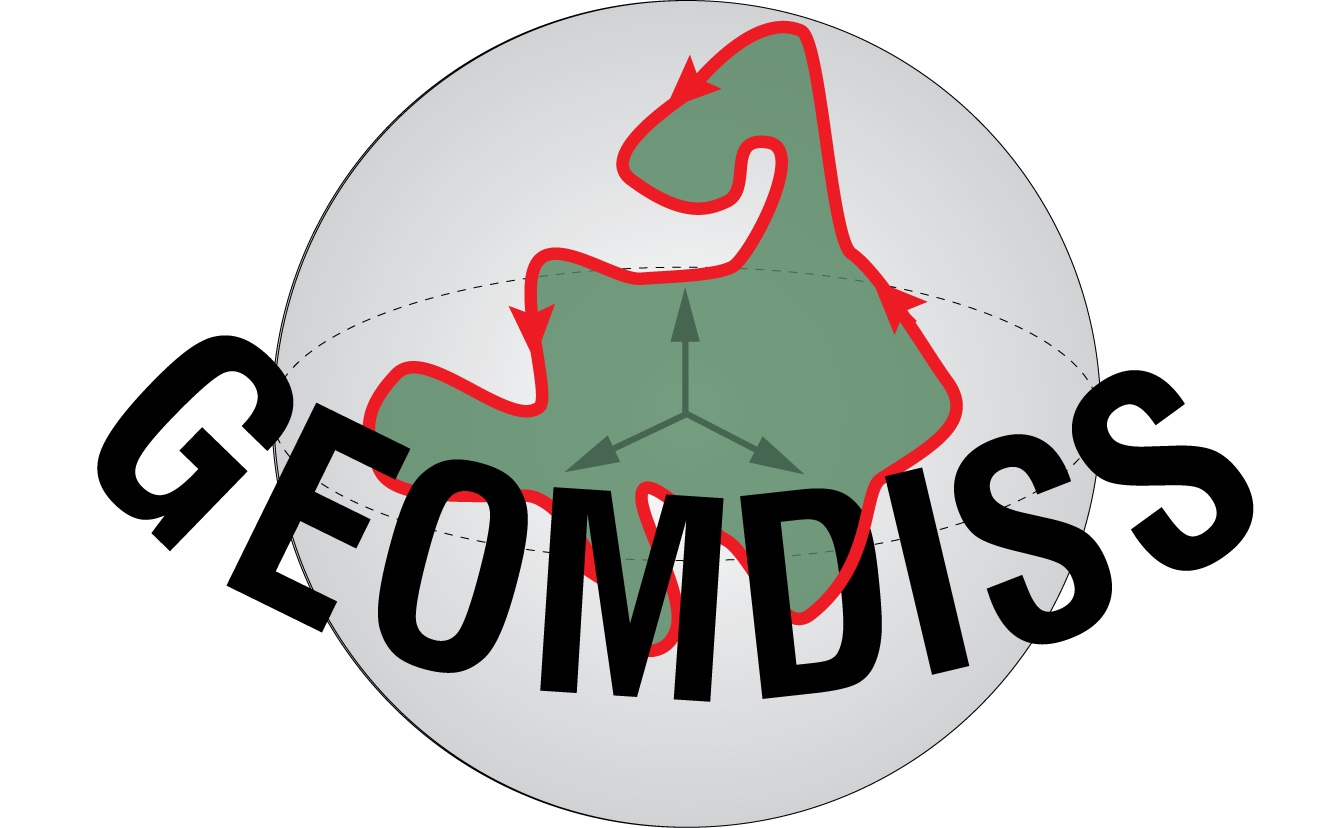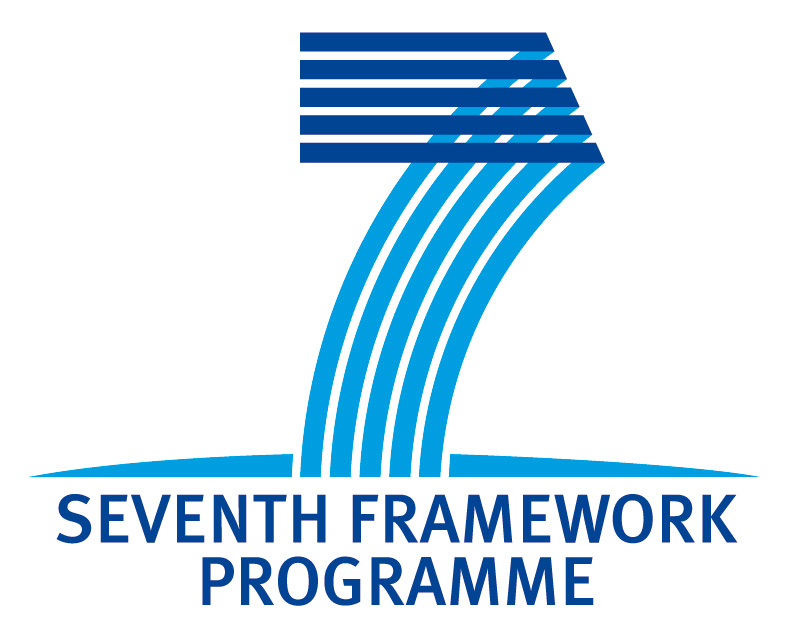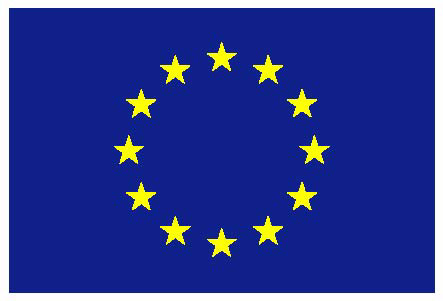GEOMDISS Overview
Quantum mechanics governs the dynamics of microscopic and mesoscopic systems. One of the most intriguing aspects of quantum dynamics is the adiabatic geometric evolution. It allows for manipulation of the state of a quantum system by slowly varying the system’s parameters along a contour in parameter space. Robustness of this technique motivated proposals of, e.g., geometric manipulations (gates) of quantum bits for quantum computing or geometric pumping of charge for setting the standard of current. In particular, non-abilian geometric manipulations of, e.g., Majorana edge states of topological insulators or of similar objects in superconductors and quantum-Hall systems attract today attention of many leading research groups.
The aim of this project is to investigate how dissipation influences the geometric phases and geometric pumping in quantum solid-state devices and to assess the role of geometric manipulations in future ICT applications. Since all realistic solid-state devices suffer from dissipation due to their coupling to uncontrolled environment with many degrees of freedom it is crucial to understand how the geometric effects are modified and whether they are still useful.
The main objectives of the project are:
- a) To arrive at full theoretical understanding of how dissipation modifies geometric effects in various solid-state systems. Specifically, we study Josephson circuits, quantum dots, and nanowires.
- b) To establish the existence of and measure geometric dissipative effects experimentally in Josephson circuits and in circuit-QED systems both via direct observation of Berry phases and via charge pumping measurements.
- c) To investigate both experimentally and theoretically regimes where either dissipation or topological properties stabilize geometric effects.
- d) To consider theoretically influence of dissipation and interactions on pumping of charge and spin in quantum dots and nanowires.
Our approach is based on combination of theoretical and experimental activities, which are all focused on the same main subject: influence of dissipation on geometric phases and pumping. The work is divided into three scientific work packages (WP). WP1 is focused on geometric gates in circuit QED setups, WP2 is focused on geometric pumping of charge in superconducting circuits, and WP3 is focused on geometric effects in quantum dots and nanowires. The first two WPs are led by the experimental groups, which acquired considerable experience in dealing with geometric effects in mesoscopic systems. The theoretical research is being conducted towards two major goals: a) Theoretical support of the experiments performed within the project; b) Development of the general theoretical framework. This includes analyzing of a wide spectrum of systems where geometric effects are influenced by dissipation, as well as answering several fundamental questions about, e.g., relations between geometric phases and pumping.


